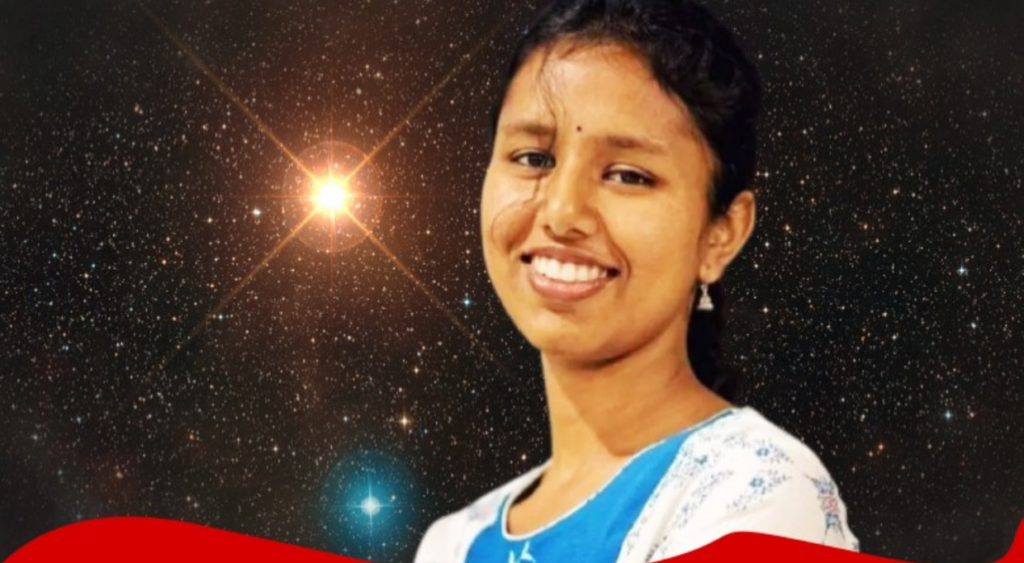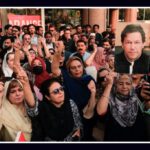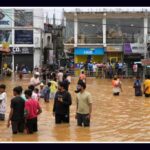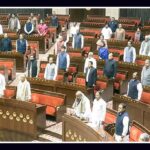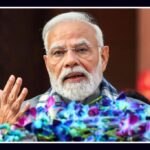She had always loved the stars. She enjoyed listening to the tales of space and stardust. And it was her love for astrophysics that led the girl from Assam to discover eight ‘exotic’ radio stars that are hotter than our own Sun.
Barnali Das needs no introduction today. In a vital discovery, a team of astronomers, including Das, at the National Centre for Radio Astrophysics (NCRA), Tata Institute of Fundamental Research in Pune, discovered the rare radio stars in a landmark achievement.
Hailing from a sleepy hamlet, Patacharkuchi in Bajali district, Das initially wanted to become a physics professor while pursuing Higher Secondary (HS) in the Science stream at Krishna Kanta Handiqui Junior College, Pathsala.
Later, she shifted to the national capital in 2011 to obtain a Bachelor’s degree in physics from Hansraj College, Delhi University. It was during one summer project while pursuing her graduation that she discovered her love for stars and space. Das credits her mother for instilling in her a love for science.
“Both of my parents were teachers. My mother was a science teacher. She loves to read about new findings, inventions, and discoveries. She always encouraged me to experiment and come up with new findings. At home too, we talked about science and its findings very often,” says Das.
She adds, “I completed my schooling from Shankardev Shishu Niketan, Patacharkuchi. Every year on National Science Day, my mother would encourage me to actively participate in the events and competitions. She would talk about the National Children’s Science Congress and ask us to make projects. The thrill of discovering something new – big or small – was imbibed in me by my mother since I was a child.”
Das’ mother, Siran Kalita Das, taught at Patacharkuchi Girls’ High School. Munindra Nath Das, her father, taught at Birjhora Mahavidyalaya, Bongaigaon, and her elder sister is also a science teacher.
“I was born in Bongaigaon, but soon shifted to Patacharkuchi. My parents always wanted us to be self-reliant. They always encouraged us to chase our goals,” she shares.
The team of astronomers was led by Professor Poonam Chandra at the NCRA, with Das as the lead author in the research. The rare radio stars have strong stellar winds and magnetic fields. They are characterized by their ability to produce intense laser-like radio emissions. The team christened them Main-sequence Radio Pulse (MRP) emitters.
“We discovered a special property of the stars that led to their inclusion in the MRP class of stars,” she says.
The team used the upgraded Giant Metrewave Radio Telescope and the US-based Karl G. Jansky Very Large Array to discover these rare stars.
In this vital discovery, 15 MRPs have been identified by the NCRA team to date. Of the 15 MRPs, 11 were discovered using the GMRT, with eight discovered alone in 2021. This landmark finding has also been accepted for publication in the prestigious The Astrophysical Journal.
The discovery will help in understanding stellar evolution and predicting whether a star will become a black hole, neutron star, or a white dwarf after its death. Das says the success of the programme has changed the notions concerning this class of stars and opened a new window to study their exotic magnetospheres.
Das, who joined the NCRA as an intern, completed her PhD thesis from the same institute and is currently a postdoctoral fellow there. Das informed that the research to track down the radio stars started way back in 2019 under Professor Chandra. She is also an alumnus of IIT Kanpur (2014–16), where she completed her MSc.
“I had no idea about astrophysics before joining the summer project. As I started working with the team at the NCRA and met new people, my horizon broadened regarding the topic. When I was in Class 12, I had almost decided to become a physics professor at a university. The exposure to new things is extremely limited in Assam. The flow of information is restricted for one reason or another,” she shares.
She further said, “Back then, I had no idea there was something called a ‘summer project’ or that one could do research in astrophysics. It was only after I joined the summer project that I got to know that one can pursue an integrated PhD through such programs. Such summer projects are extremely important for students.”
The young researcher shared that the notice boards in Delhi colleges are extremely helpful as they are regularly updated with internships, projects, and programs for students.
“This is one thing that we lack in Assam. The students hardly get to know about such projects. The teachers must take the lead and inform the students,” she adds.
The young researcher is now planning to fly to the United States of America to continue her research. “I am planning to move to America in January to pursue my research at the University of Delaware. During my PhD, I performed research using radio waves. Now, I will collaborate with a team from the University of Delaware to conduct thorough research using the entire electromagnetic spectrum,” shares Das.
When asked how she beats stress, Das says she listens to music when not busy finding the stars. “I enjoy cooking with friends. I love reading non-fiction books and listening to music. I love going out, enjoying a good adda session,” adds Das with a smile.
What does she miss about Assam? “Bihu. I miss Assam the most during Bihu. Ever since I left for my higher studies, I could hardly come home during festivals. On such occasions, I go out with friends for lunch or dinner. But nothing can replace the happiness of coming home during Bihu and enjoying the festivities with family,” says Das.
The article was first published on December 12, 2021.

